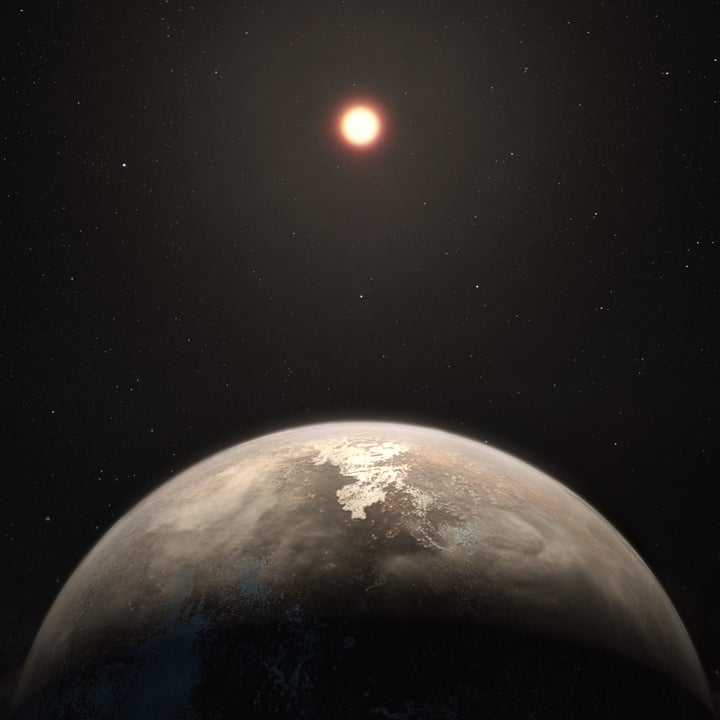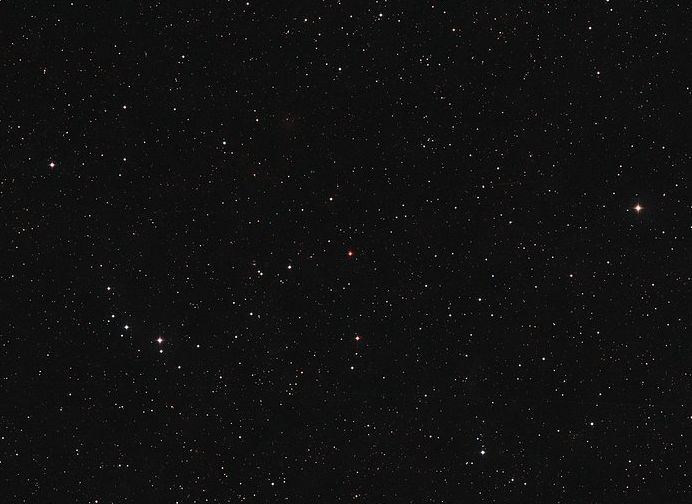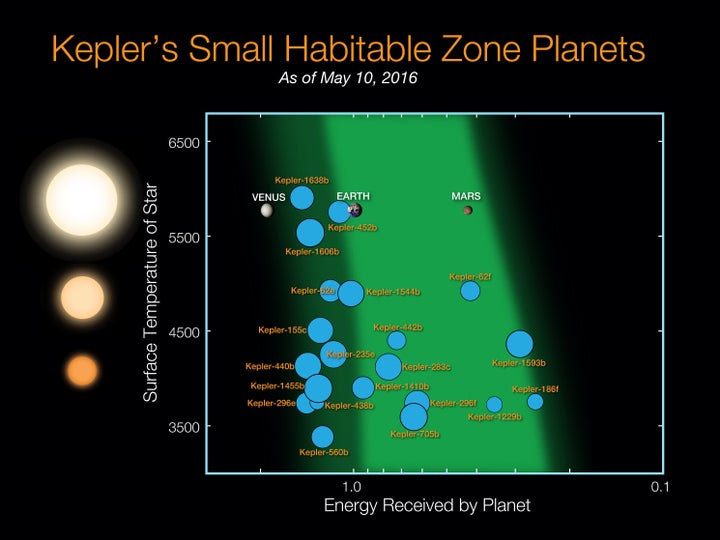A new exoplanet has been discovered that is roughly the same size as Earth and could have a surface temperature similar to our own.
The exoplanet Ross 128 b is located just 11 light-years away from our own Solar System and has become a new candidate in the search for extraterrestrial life.

It was discovered by a team of researchers who are using the European Space Agency’s High Accuracy Radial velocity Planet Searcher (HARPS) at the La Silla Observatory in Chile.
While Ross 128 b shares two very important characteristics with Earth, little else about it is familiar to us.
The planet has been able to achieve its temperate climate because it orbits an inactive red dwarf star.
Red dwarf stars are some of the coolest, faintest and more common stars in the universe which makes them prime candidates for finding planets which could potentially support life.

They’re not perfect though as they can intermittently give off vast solar flares that will bathe everything in its path in deadly radiation.
Ross 128 however appears to be far quieter than most red dwarfs suggesting that it could have remained inactive for long enough for the planet to become habitable.
The planet also orbits some 20 times closer to its star compared to Earth and our Sun. Not only that, but this planet travels at an incredible speed, taking just 9.9 days to complete a full orbit.
Ross 128 is now the second-closest planet that could be a potential candidate for life with Proxima B topping the list.
Unveiled last year, Proxima B is just 4.8 light-years from Earth and like Ross 128 it too orbits a red dwarf star.
Remarkably this list will change. You see Ross 128 is actually moving towards our solar system at tremendous speed which means that in around 79,000 years it will actually overtake Proxima B to become our closest exoplanet with an Earth-like temperature.
Alongside the ESA, NASA’s Kepler space telescope has also been hunting for exoplanets and since 2009 has found some 30 planets that fall within their host star’s habitable zone.

Its most recent discovery came in early 2017 and featured an impressive 10 new planets all of which fall within the ‘goldilocks zone’.
Since it first started hunting the skies, Kepler has found a staggering 4,034 new planets, of which 2,335 have been verified as exoplanets.
